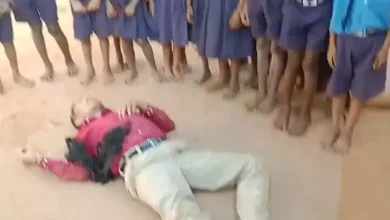Six years on, bifurcation of campuses remains on paper in Odisha
BHUBANESWAR: It has been six years since the state government announced the bifurcation of Plus II (higher secondary schools) and Plus III for better administration of educational institutions. Yet, the directive has not moved beyond pen and paper as far as infrastructure is concerned.
In the 2016-17 academic year, while Plus II came under the School and Mass Education department, Plus Three remained with the Higher Education department. Separate teaching posts were created for both higher secondary and Plus II. However, owing to a lack of adequate infrastructure and faculty members, common campuses have not been separated so far. As per reports of the Higher Education department, the state at present has 787 composite colleges (both autonomous and private) where higher secondary schools, degree and PG colleges continue to function from the same campus and share the infrastructure and even faculty.
Of the 48 government colleges, 40 are composite. Out of 517 colleges in the 488 category, 304 do not have separate campuses for higher secondary and degree colleges. Similarly, 443 colleges under the 662 category are composite in nature. Sources said the primary reasons behind the delay are lack of infrastructure, land demarcation and shortage of faculty. There are many colleges where faculty of degree colleges are handling the higher secondary schools. Consider the case of Government Women’s Degree College at Titilagarh, Balangir. The college was opened in 2018-19 on the campus of the Government Women’s Higher Secondary School.
However, no appointment in terms of teaching and non-teaching staff was made for the degree college despite posts being sanctioned in each department and it is entirely managed by the teachers of the school. In the state capital, Rama Devi Higher Secondary School functions from RD Women’s University campus as the move to relocate it to Unit-IX Govt Girls’ High School failed due to parents’ and students’ protests.
While all the institutions have land of their own (5 acres in the case of colleges in urban area and 7 acre in rural), the land ownership is yet to be transferred in the names of the institutions. Sources added although demarcation of infrastructure and alienation of land from degree college to higher secondary school has started in some institutions following the intervention of district administrations, the exercise is yet to begin in several others.
“Several committees have been set up for the bifurcation and both the departments have met several times over this. But, they have not been able to come up with concrete measures to separate the campuses, which is necessary to ensure quality teaching-learning and even reduce the burden on existing faculty members,” said Trilochan Behera, a city-based academician. Meanwhile, officials of the department said a meeting is scheduled later this month where the issue will be taken up again.





